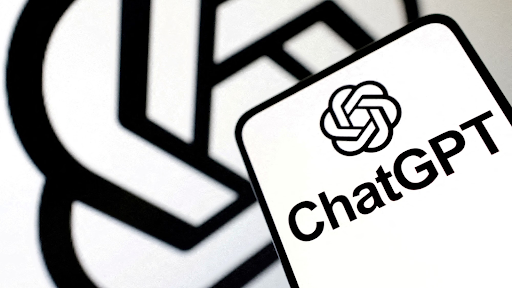Amid the rollout of its most significant and restrictive safety measures to date, OpenAI CEO Sam Altman has pledged that the company will be transparent about its intentions and methods. This promise of openness comes as the company navigates the fallout from a lawsuit alleging its AI’s involvement in a teenager’s suicide, a situation that demands public trust.
The pledge for transparency was made in a blog post where Altman detailed the difficult decisions behind the new age-gating system. “After talking with experts, this is what we think is best and want to be transparent with our intentions,” he wrote, signaling a desire to bring users along with the changes rather than imposing them without explanation.
This commitment is crucial, given the controversial nature of the new features. The system will use AI to estimate user age, may require ID verification, and will actively monitor for and intervene in teen mental health crises. Each of these steps involves complex trade-offs between safety, privacy, and user freedom that require clear communication.
The need for transparency is underscored by the lawsuit from the family of Adam Raine. Their claim that OpenAI’s GPT-4o was “rushed to market” with “clear safety issues” creates a narrative of a company moving too fast and without sufficient caution. The new pledge of transparency is a direct effort to counteract that narrative.
By committing to openness, OpenAI is attempting to build consensus around its new, more paternalistic approach to AI safety. The company hopes that by explaining the “why” behind its “what,” it can convince its community that these new restrictions and intrusions are not just necessary, but also the most responsible path forward.
OpenAI’s Pledge: To Be “Transparent” About New Teen Safety Measures
13
previous post

